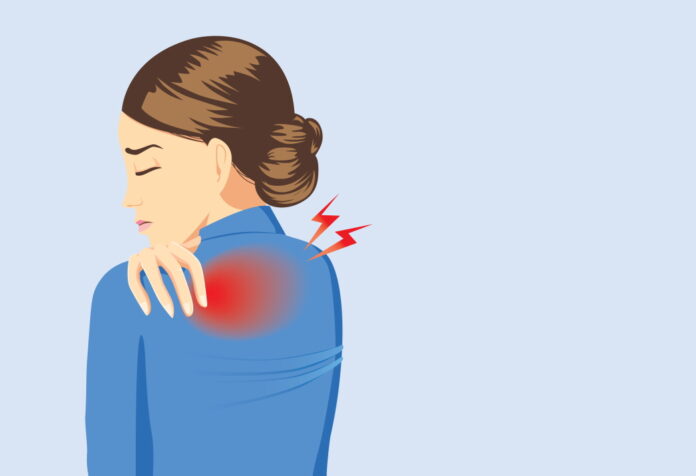
By Winston Lee L. Ac, Ph.D., KMD
You’ve probably heard many saying that the upper back is aching and cannot breathe well due to the pain. I even had this issue several times in my life. It is often referred to as a sore pain in the hard-to-reach place between the shoulder blades on the upper back. This kind of pain usually occurs when the body is tired and overworked. Or when the patient did not sleep well during the night due to a bad posture. Anatomically speaking, the scapula is the serratus superior posterior, which is located from the inside of the scapula to the middle of the spine, and the levator scapulae from the inside of the scapula to the neck should be the targets for treatment. Muscles are a sort of fiber, and when these fibers do not contract and relax smoothly, and the fiber is tangled, pain occurs. But in this case, why is it difficult to breathe, not just the pain in the neck and back?
When a patient breathes in a calm and restful state, the diaphragm is enough to breathe without any help from other skeletal muscles because it does not require much oxygen. So patients can breathe well without shrugging their shoulders when they sleep or at rest. However, when a person gets up, moves, and works, more oxygen needs to be inhaled. At this time, the serratus superior posterior and levator scapula muscles, which are the muscles in the back mentioned above, must contract and relax at the same time to breathe rhythmically. Though these muscles are cramped or stretched too much and injured, there is no issue while sleeping or resting, but when the patient is walking or taking a deep breath, a stabbing pain often occurs in the back.
The treatment should be started to search these muscles accurately. And the next step is to loosen the spasm with needles at the belly of the muscles(serratus superior posterior and levator scapulae). In most cases, the patient shall be able to breathe well and feel comfortable right away after acupuncture. However, if the patient’s body is skinny and the muscle layer is too thin, the practitioner must pay more attention to the acupuncture treatment. If needles are not properly and carefully inserted into this area, they may puncture the lung and cause a pneumothorax. When inserting the needle, the doctor must pinch the thin muscles(serratus superior posterior and levator scapulae) with the non-dominant hand’s fingers to insert the needle correctly with the dominant hand. And the direction of acupuncture must be oblique or horizontal, not to be perpendicular.
The treatment of upper back muscles looks simple, but since humans breathe continuously for 24 hours, it is not easy to treat successfully because there is no rest for this muscle group. If it is not treated properly, it often suffers for up to several weeks with a stinging or shooting pain. In fact, this place is hard to reach even with the patient’s hands, and it is also difficult to massage by themselves. In order to relieve muscle spasms, it is necessary to drink plenty of water to help smooth contraction and relaxation of muscle fibers and reduce inflammation by taking sufficient sleep after taking in proper nutrients. As mentioned above, recovery is faster if the injured area is treated with accurate acupuncture by experts. On the day of the acupuncture treatment, the patient may feel a little stiffer right after the acupuncture, but most likely, the patient will feel much more comfortable waking up the next morning.































